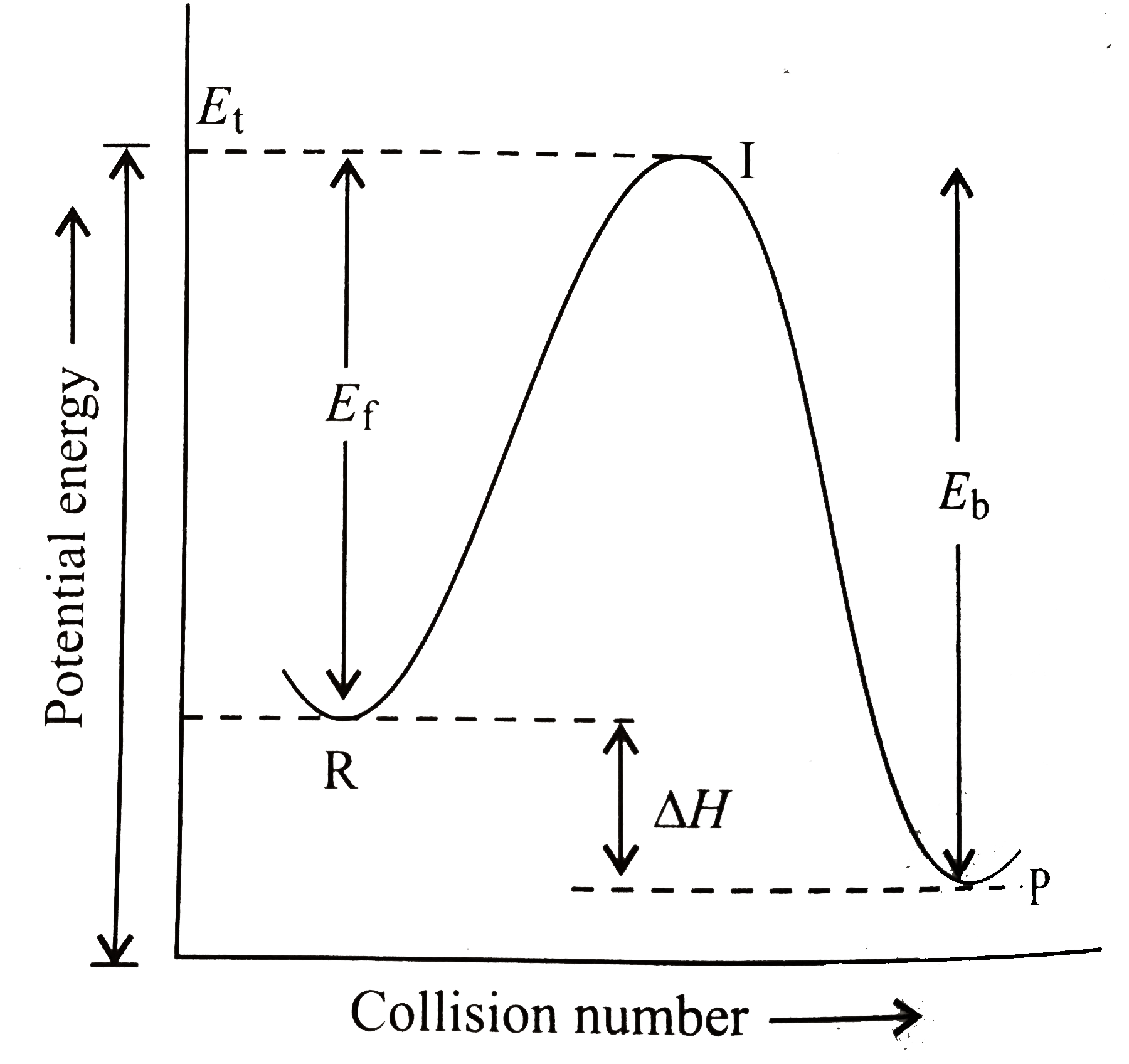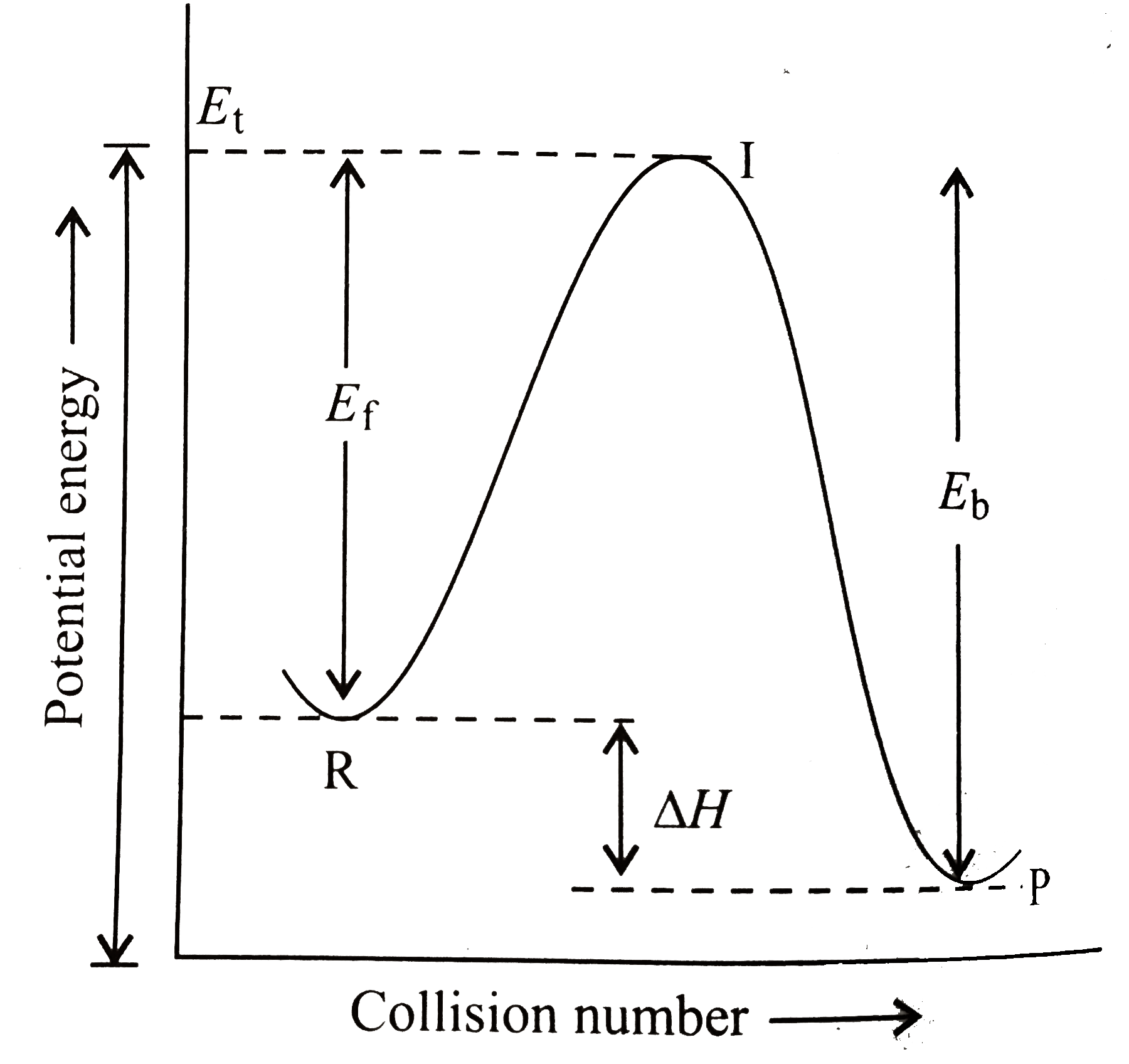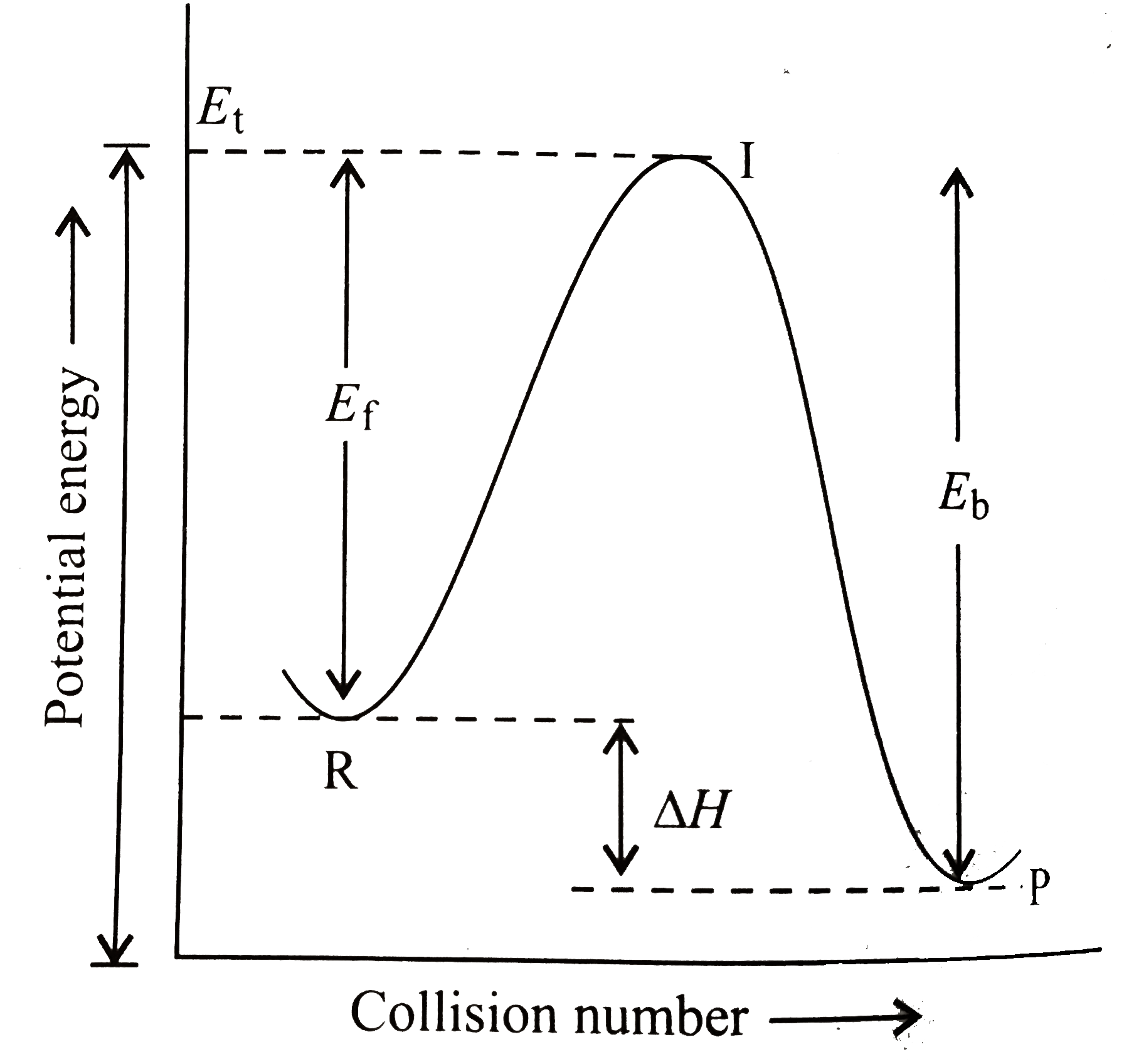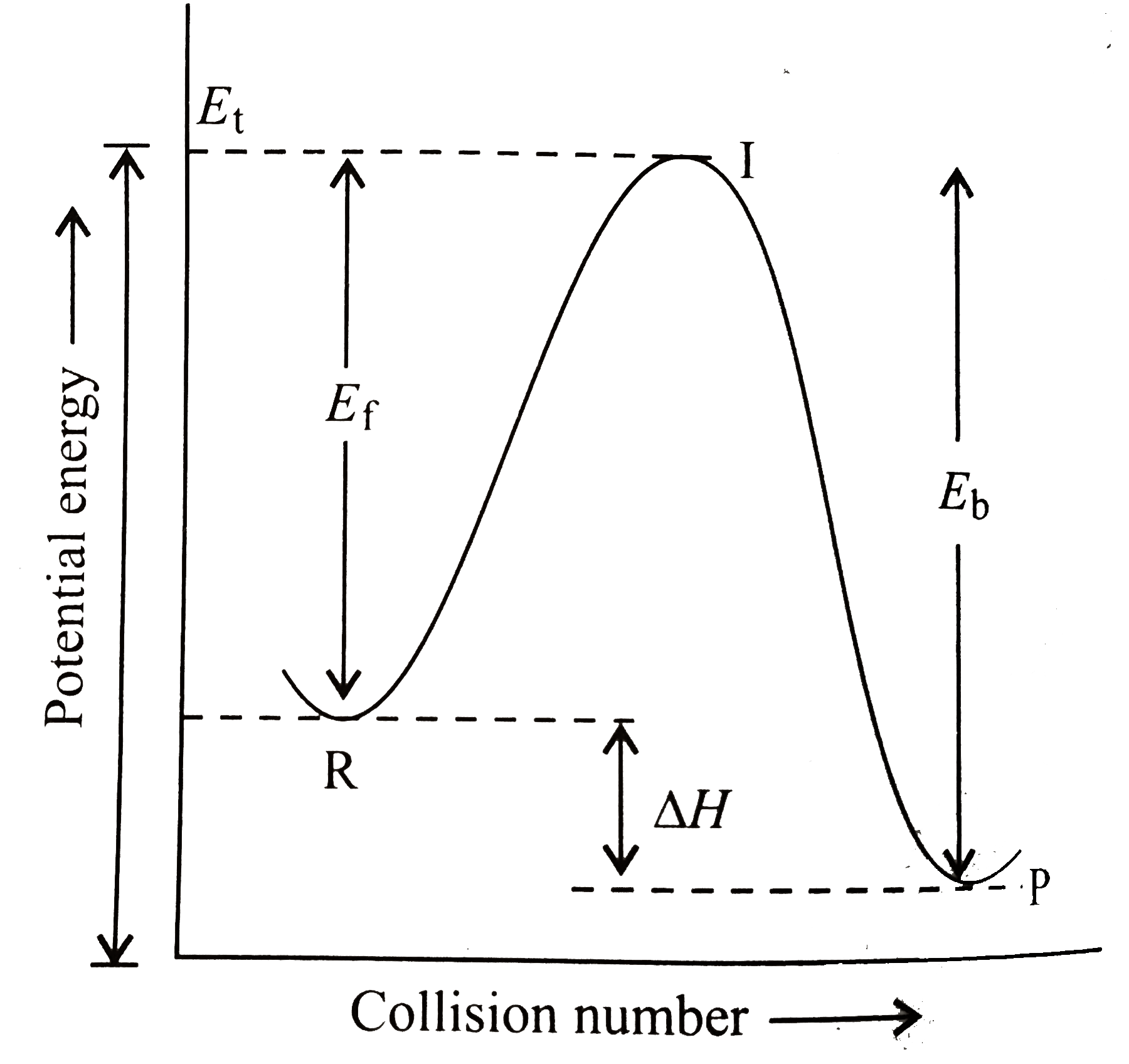Which plots will give the value of activation energy?
Kvs.T
1/Kvs.T
In Kvs.T
In Kvs.1T
The correct Answer is:D
In K=InA−EaRT is Arrehenius equation. Thus plots of In K vs 1/T will give slope =Ea/R.
y=mx+c
m=−Ea/R.
Topper's Solved these Questions
- CHEMICAL KINETICSBook:A2ZChapter:CHEMICAL KINETICSExercise:AIIMS Questions
Explore 24 Videos
- CHEMICAL KINETICSBook:A2ZChapter:CHEMICAL KINETICSExercise:Assertion-Reasoning Questions
Explore 6 Videos
- CHEMICAL KINETICSBook:A2ZChapter:CHEMICAL KINETICSExercise:Section B - Assertion Reasoning
Explore 21 Videos
- BIOMOLECULESBook:A2ZChapter:BIOMOLECULESExercise:Section D - Chapter End Test
Explore 30 Videos
- COORDINATION COMPOUNDSBook:A2ZChapter:COORDINATION COMPOUNDSExercise:Section D - Chapter End Test
Explore 30 Videos
Similar Questions
A first order reaction has very high value of activation energy.
View SolutionA colliison between reactant molecules must occur with a certain minimum energy before it is effective in yielding Product molecules. This minimum energy is called activation energy Ea Large the value of activation energy, smaller the value of rate constant k. Larger is the value of activation energy, greater is the effect of temperature rise on rate constant k.

Ef= Activation energy of forward reaction
Eb= Activation energy of backward reaction
ΔH=Ef−Eb
Ef= threshold energy
The rate constant of a certain reaction is given by k=Ae−Ea/RT
(where A= Arrhenius constant). Which factor should be lowered so that the rate of reaction may increase?
View Solution
Knowledge Check
Activation energy is
AThreshold energy + Average kinetic energyBThreshold energy - Average internal energyCThreshold energy + Potential energyDThreshold energy + Average kinetic energyActivation energy is:
AThe amount of energy to be added to the actual energy of a molecule so that the threshold energy is reachedBThe amount of energy the molecule must contains so that it reactsCThe energy which a molecule should have in order to enter into an effective collisionDThe average kinetic energy of the moleculeActivation energy is:
AThe amount of energy to be added to the actual energy of a molecule so that the threshold energy is reachedBThe amount of energy the molecule must contain so that it reactsCThe energy which a molecule should have in order to enter into an effective collisionDThe average kinetic energy of the molecule
A colliison between reactant molecules must occur with a certain minimum energy before it is effective in yielding Product molecules. This minimum energy is called activation energy Ea Large the value of activation energy, smaller the value of rate constant k. Larger is the value of activation energy, greater is the effect of temperature rise on rate constant k.

Ef= Activation energy of forward reaction
Eb= Activation energy of backward reaction
ΔH=Ef−Eb
Ef= threshold energy
The activation eneries for forward and backward reactions in a chemical reaction are 30.5 and 45.4kJmol−1 respectively. The reaction is
View SolutionA colliison between reactant molecules must occur with a certain minimum energy before it is effective in yielding Product molecules. This minimum energy is called activation energy Ea Large the value of activation energy, smaller the value of rate constant k. Larger is the value of activation energy, greater is the effect of temperature rise on rate constant k.

Ef= Activation energy of forward reaction
Eb= Activation energy of backward reaction
ΔH=Ef−Eb
Ef= threshold energy
In a hypothetical reaction A→B, the activation energies for the forward and backward reactions are 15 and 9kJmol−1, respectively. The potential energy of A is 10kJmol−1. Which of the following is wrong?
View SolutionA colliison between reactant molecules must occur with a certain minimum energy before it is effective in yielding Product molecules. This minimum energy is called activation energy Ea Large the value of activation energy, smaller the value of rate constant k. Larger is the value of activation energy, greater is the effect of temperature rise on rate constant k.

Ef= Activation energy of forward reaction
Eb= Activation energy of backward reaction
ΔH=Ef−Eb
Ef= threshold energy
If a reaction A+B→C is exothermic to the extent 30kJmol−1 and the forward reaction has an activation energy of 249kJmol−1 the activation energy for reverse reaction in kJmol−1 is
View SolutionWhich straight line gives the activation energy for a reaction?
View SolutionThe energy of activation is:
View Solution

